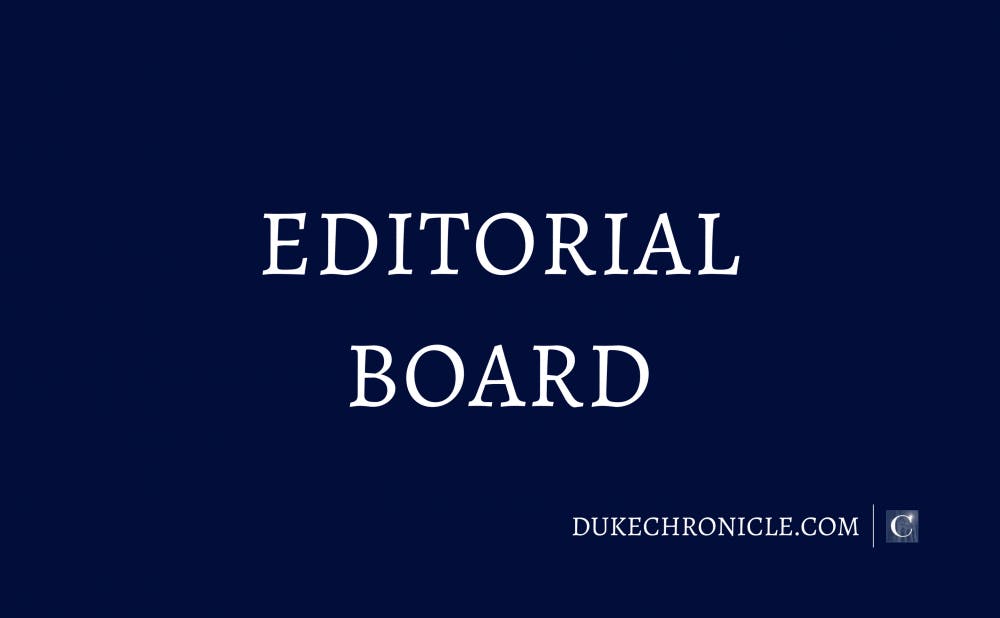Most of us arrive at Duke questioning how we even got admitted here. What was the “it” factor that convinced an admissions officer to accept us? The murkiness of a holistic admissions process holds true not only for Duke but also for universities across the nation. It has led some students to come together against the institutions they believe have wronged them. While Asian-Americans have been suing elite universities for many years, alleging that the university practices discriminatory admission policies against Asian-American applicants, this time the U.S Department of Justice has lent its support to the plaintiffs. The case brings up important conversations concerning inequalities in higher education, but more particularly, the continued need for affirmative action policies.
The most recent lawsuit against Harvard University has been filed by the group Students for Fair Admissions. Consisting of over a dozen Asian-American students who were rejected by Harvard, they contend in their lawsuit that Harvard systematically and unconstitutionally discriminates against Asian-American applicants by penalizing their high achievement as a group, while simultaneously giving unfair preferences to other minority groups. They say that Harvard’s admission process amounts to an illegal quota system. In a surprising display of public support, the Justice Department issued a statement of interest siding with the group of students. If heard by the Supreme Court, this case could have lasting implications, undoing many previous cases that have upheld race-conscious admissions programs at schools such as the University of Texas and the University of Michigan Law School.
As the fastest-growing racial group in the nation, Asian-Americans are generally viewed as a successful, high-achieving model minority. Asian-American students do tend to outperform other students with higher grades and test scores, though this performance may be in part attributed to the high socioeconomic status of certain segments of the Asian-American population who come from highly educated backgrounds. However, upon disaggregating the data, it becomes clear that certain Asian-American groups such as Southeast Asians do not fare as well as their counterparts. In fact, Asian-Americans now have the highest income inequality of any racial or ethnic group in the United States. These underrepresented groups of Southeast Asians, Native Hawaiians, Pacific Islanders and Asian Americans from low-income backgrounds do actually benefit from affirmative action policies. Of course, all students benefit from the diverse learning environments that such policies cultivate. Moreover, many Asian-American students have spoken out against the plaintiffs and have given their support to the current affirmative action policy in college admissions.
Considering personal factors within a holistic admissions system is not a novel concept. As a means to exclude Jewish students, Harvard moved away from admissions based strictly on academics around 1920 and began evaluating potential students on a number of qualifiers meant to reveal “character”—a system that clearly favored white, Anglo-Saxon and Protestant applicants. Despite this racist past, holistic review continues to be implemented today in a way that provides many benefits towards an equitable admissions process. Given that test scores are often correlated with income and personal connections, colleges can account for students’ backgrounds and access to opportunity when they incorporate personal traits into their admission decisions.
This raises the point, though, that perhaps we should not be looking towards the college admissions system to address fundamental inequalities in access to education. We should be reexamining the entire educational system and the ways in which it disproportionately disadvantages students from low-income families. Discrepancies exist largely because public school districts are run by local cities and towns and are funded by local property taxes. This means that areas with higher property taxes have better funded schools, which can offer newer textbooks, more advanced technology and higher-paid teachers. As a result, communities are seeing increased segregation by income between neighborhoods as higher-income families flock to these better schools to provide more opportunities for their children. It is this disparity in public education that leads lower-income students—often belonging to racial minorities—to be disadvantaged when they apply to college.
No college admissions policy can be perfect. With record numbers of students applying to prestigious schools and a limited number of spots, it is difficult to identify the ideal formula to admit the best students who will align with the mission of a university. Nonetheless, the Harvard lawsuit makes clear that undoing affirmative action would make higher education decidedly more unequal. With the current state of inequity between wealthier and poorer districts in America’s education system, affirmative action policies are still needed in higher education; though in order to obtain the most diversity, these policies should focus more on wealth and socioeconomic status. Nonetheless, to find a permanent solution for combating disparities in access to education, we should turn our focus toward fixing the public education system on a more fundamental level.
Get The Chronicle straight to your inbox
Signup for our weekly newsletter. Cancel at any time.

